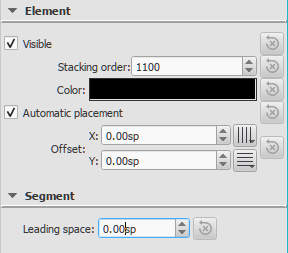
The selection filter allows you to remove a specific musical element within a selection of music. Most users will be content with seeing fewer choices here, but experienced users can expand the options. The Palette – the panel on the left of the screen where you select musical elements such as clefs, time signatures, barlines and articulations now has two view options: basic or advanced. It also prevents you from thinking about layout and formatting too early in your workflow process. Using this view while building all the elements of your score means that you’re less likely to lose your place – no more jumping from the bottom of one page to the top of the next. Finale started the trend with this option (known as Scroll View) and Sibelius introduced a similar feature in version 5 of the program (known as Panorama view).

There is a new option for viewing your score – called Continuous View – which I highly recommend while you’re working on your score.

Similar to the inspector panel you find in Microsoft Word MuseScore’s Inspector gives you quick and easy access to the settings for the currently-selected element in your score. The graphic user interface has had a make-over and the new look and feel of MuseScore is clean and pleasing on the eye. I’ve updated my MuseScore Quick Reference Guide. I’m happy to say that Musescore 2.0 is cleaner and a number of these missing features have been added.įree Cheatsheet – Updated for MuseScore Version 2 MuseScore has been an reasonable alternative to the high-end notation options Finale and Sibelius, but has felt at times a little clunky and missed a few important features.
#MUSESCORE INSPECTOR SOFTWARE#
Released in March 2015, MuseScore 2.0 is the freshly made-over version of the free open-source notation software program that first appeared in 2008.


 0 kommentar(er)
0 kommentar(er)
